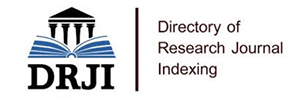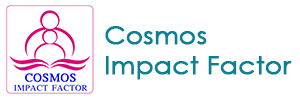
Journal Basic Info
- Impact Factor: 1.995**
- H-Index: 8
- ISSN: 2474-1647
- DOI: 10.25107/2474-1647
Major Scope
- Endocrine Surgery
- Surgical Oncology
- Colon and Rectal Surgery
- Breast Surgery
- Cardiovascular Surgery
- Otolaryngology - Head and Neck Surgery
- Transplant Surgery
- General Surgery
Abstract
Citation: Clin Surg. 2019;4(1):2569.Research Article | Open Access
The Relationship of Facet Tropism with Disc Degeneration at L5-S1 Level
Yasar Karatas, Bulent Kaya and Erdal Kalkan
Department of Neurosurgery, Medova Hospital, Turkey
*Correspondance to: Yasar Karatas
PDF Full Text DOI: 10.25107/2474-1647.2569
Abstract
Introduction: Facet joints play an important role in spinal stability. In the lumbar spine, the range of movements at the same segment is defined by the orientation of facet joint. In the upper lumbar spine, facet joints are more sagittally oriented, whereas at the lower levels, they are more coronally oriented to facilitate increased movements. Facet tropism is defined as asymmetry between left and right facet joints. It is important because of thought that facet tropism increases sharing force on intervertebral disc and causes early degeneration. Despite previous authors investigated whether facet orientation and tropism influence the risk of lumbar disc herniation, the results remain controversial. For this reason, the association between Facet Tropism (FT) and Disc Degeneration (DD) at the L5-S1 level was investigated. Material and Methods: 50 patients (25 female and 25 male), whose average age was 49.48 was studied in this article. Magnetic resonance imaging scans of 50 patients with L5-S1 level were analyzed. Left and right facet joint angles of L5-S1 level were measured on axial sections. The FT was determined by calculating the differences between the left and right facet joint angles. DD were identified using the Pfirrmann grading system. Pearson correlation analyze was used to determine the association between facet tropism and disc degeneration. Results: Mean FT degree was 7.18 ± 0.88 and mean Pfirrmann degeneration degree was 3.22 ± 0.14. Disc degeneration grades were statistically higher in patients which has high FT level (p=0.00). Conclusion: Facet tropism is associated with increased risk of L5-S1 intervertebral disc degeneration.
Keywords
Facet tropism; Disc degeneration; MRI
Cite the article
Karatas Y, Kaya B, Kalkan E. The Relationship of Facet Tropism with Disc Degeneration at L5-S1 Level. Clin Surg. 2019; 4: 2569..













